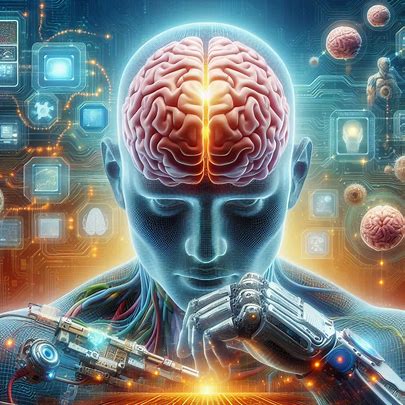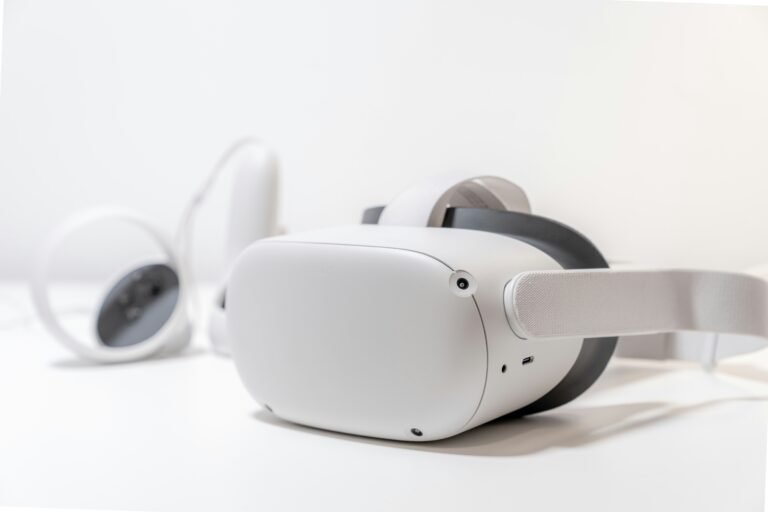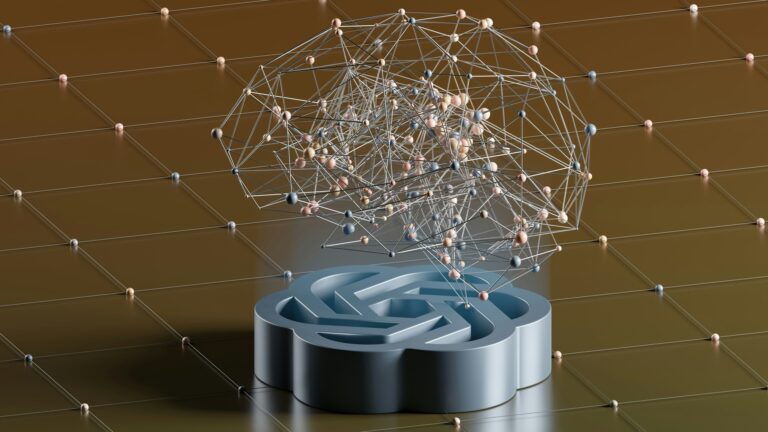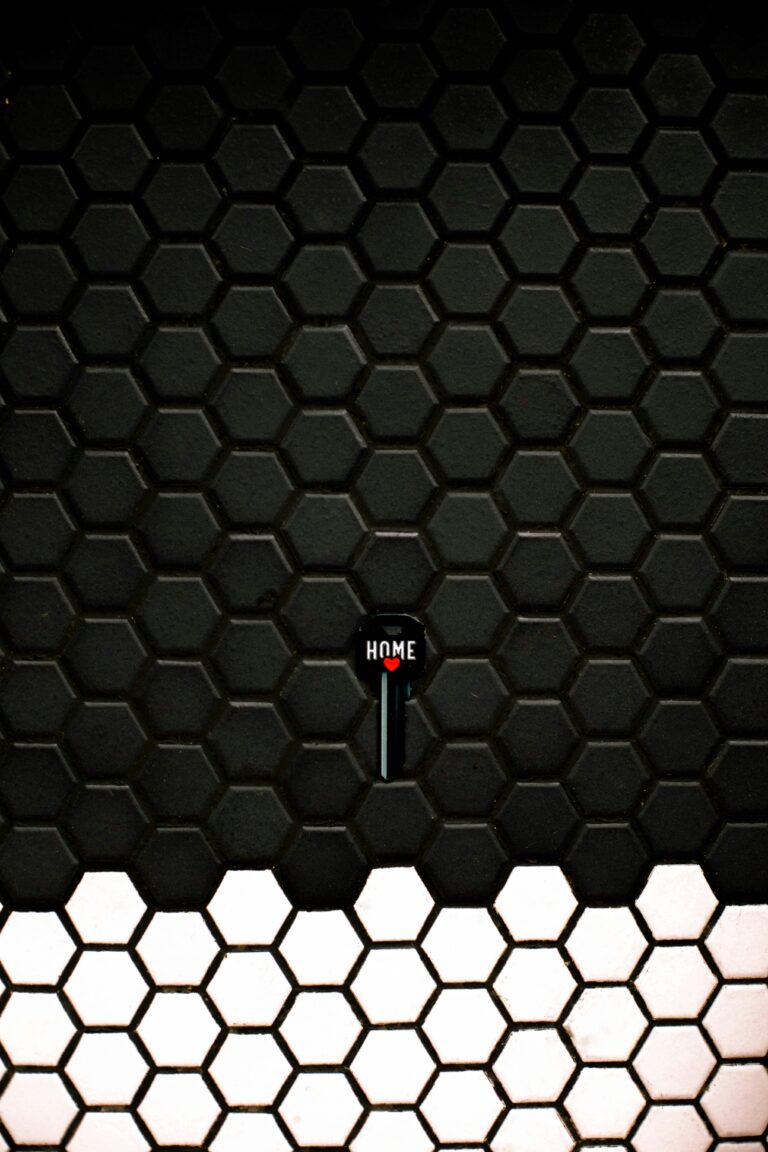
Introduction
Imagine controlling a computer with your thoughts, restoring movement to a paralyzed limb, or even communicating without speaking. This is the promise of Brain-Computer Interfaces (BCIs), a groundbreaking technology that connects the human brain directly to digital devices. By translating brain signals into commands, BCIs are opening new possibilities for medical treatment, communication, and human enhancement. This article explores what BCIs are, how they work, their real-world applications, current trends, and their potential to transform lives, all presented in an engaging and accessible way for everyone.
What are Brain-Computer Interfaces?
A Brain-Computer Interface is a system that enables direct communication between the brain and an external device, such as a computer, prosthetic limb, or robotic arm. BCIs capture neural activity—electrical signals produced by brain cells (neurons)—and translate them into actionable commands, bypassing traditional input methods like keyboards or voice.
Types of BCIs
- Invasive BCIs: Electrodes are surgically implanted in or on the brain for high-precision signal capture. These are often used in medical applications.
- Non-Invasive BCIs: Sensors, like those in EEG (electroencephalography) headsets, are placed on the scalp to detect brain activity externally. These are less precise but more accessible.
- Partially Invasive BCIs: Electrodes are placed under the skull but not in the brain tissue, balancing precision and safety.
For example, a non-invasive BCI headset might let you control a video game with your thoughts, while an invasive BCI could help a paralyzed person move a robotic arm.
How Brain-Computer Interfaces Work
BCIs operate by capturing, processing, and translating brain signals. Here’s a simplified process:
- Signal Acquisition: Sensors detect neural activity, either through implanted electrodes or external devices like EEG caps.
- Signal Processing: Software filters and amplifies the signals, removing noise (e.g., from muscle movements) to isolate brain activity.
- Feature Extraction: Algorithms identify specific patterns in the signals, such as those linked to imagining hand movement.
- Translation: The patterns are converted into commands, like moving a cursor or activating a prosthetic.
- Feedback Loop: Users receive visual or sensory feedback, helping them refine their brain signals for better control.
For instance, a person with a spinal cord injury might imagine moving their hand, generating brain signals that a BCI translates into actual movement of a robotic arm.

Real-World Applications of BCIs
BCIs are making significant impacts, particularly in healthcare, but their applications are expanding into other fields.
Medical Rehabilitation
BCIs help restore functions lost to injuries or diseases. For example, patients with amyotrophic lateral sclerosis (ALS) use BCIs to communicate by selecting letters on a screen with their thoughts. Stroke survivors can use BCIs to control exoskeletons, aiding physical therapy.
Prosthetics and Mobility
Invasive BCIs enable precise control of prosthetic limbs. In 2024, a Neuralink patient successfully moved a computer cursor and played chess using only brain signals, demonstrating the potential for restoring mobility in paralyzed individuals.
Mental Health Treatment
BCIs are being explored for treating conditions like depression and anxiety. By monitoring brain activity, BCIs can deliver targeted neurofeedback or stimulate specific brain regions, as seen in experimental treatments using Synchron’s Stentrode device.
Gaming and Entertainment
Non-invasive BCIs enhance gaming by allowing players to control characters with their minds. Companies like Neurable develop EEG headsets that let users navigate virtual worlds through focus or mental commands, creating immersive experiences.
Workplace Productivity
BCIs are being tested to boost focus and efficiency. For instance, Emotiv’s headsets monitor brain activity to optimize workflows, helping professionals manage stress or improve concentration during tasks.
Current Trends in BCIs
As of June 2025, BCI technology is advancing rapidly, driven by innovations in neuroscience, AI, and miniaturization. Here are key trends:
Minimally Invasive Devices
Companies like Synchron are developing less invasive BCIs, such as stent-like implants delivered via blood vessels. These reduce surgical risks while maintaining high signal quality, broadening medical applications.
AI and Machine Learning Integration
AI enhances BCI performance by improving signal decoding. For example, Blackrock Neurotech uses machine learning to predict intended movements from neural signals, enabling smoother prosthetic control.
Consumer-Grade BCIs
Non-invasive BCIs are becoming more affordable and user-friendly. NextMind’s wearable BCI, acquired by Snap, allows consumers to interact with AR interfaces using brain signals, signaling a shift toward mainstream adoption.
Wireless and Miniaturized Implants
Wireless BCIs, like those from Neuralink, eliminate bulky external connectors, improving user comfort. Miniaturized implants also reduce tissue damage, making long-term use safer.
Ethical and Regulatory Frameworks
As BCIs advance, ethical concerns like privacy and autonomy are gaining attention. Governments and organizations are developing guidelines to ensure responsible use, with the FDA approving select BCI devices for clinical trials in 2024.
Brain-to-Brain Communication
Experimental BCIs are exploring direct brain-to-brain interfaces. Research at the University of Washington has demonstrated rudimentary communication between two people’s brains via non-invasive BCIs, hinting at future telepathic-like interactions.
Benefits of BCIs
BCIs offer transformative advantages:
- Accessibility: Restore communication and mobility for individuals with disabilities.
- Convenience: Enable hands-free, intuitive control of devices.
- Precision: Invasive BCIs provide high-accuracy control for medical and industrial applications.
- Innovation: Open new frontiers in gaming, productivity, and human augmentation.
- Personalization: Tailor experiences based on individual brain patterns.
Challenges of BCIs
Despite their potential, BCIs face significant hurdles:
- Invasiveness: Surgical implants carry risks like infection or tissue damage, limiting widespread adoption.
- Signal Quality: Non-invasive BCIs struggle with low signal resolution, reducing accuracy.
- Privacy and Ethics: Reading brain signals raises concerns about data security and potential misuse, such as unauthorized access to thoughts.
- Cost: Advanced BCIs, especially invasive ones, are expensive, restricting access.
- Long-Term Reliability: Implants must function reliably for years without degrading, a challenge still being addressed.
Addressing these requires advances in materials, AI, and ethical policies.

The Future of BCIs
BCIs are poised to revolutionize human-machine interaction by 2030, with profound implications:
- Medical Breakthroughs: BCIs could restore vision, hearing, or memory for those with sensory or neurological impairments.
- Human Augmentation: Non-invasive BCIs may enhance cognitive abilities, like memory or focus, for healthy individuals.
- Seamless Integration: BCIs could merge with AR/VR, creating fully immersive digital worlds controlled by thought.
- Social Connectivity: Brain-to-brain communication might enable new forms of collaboration or empathy.
Investment in research, accessibility, and ethical safeguards will ensure BCIs benefit humanity responsibly.
Conclusion
Brain-Computer Interfaces are unlocking a new era of human potential, connecting our minds directly to the digital world. From restoring mobility to enhancing gaming, their applications are diverse and transformative. As trends like AI integration, wireless implants, and consumer-grade devices drive progress, BCIs promise a future where technology amplifies our abilities and bridges gaps for those with disabilities. By addressing challenges like privacy and cost, BCIs can create a world where our thoughts shape reality, empowering us to interact with technology in ways once confined to science fiction.



